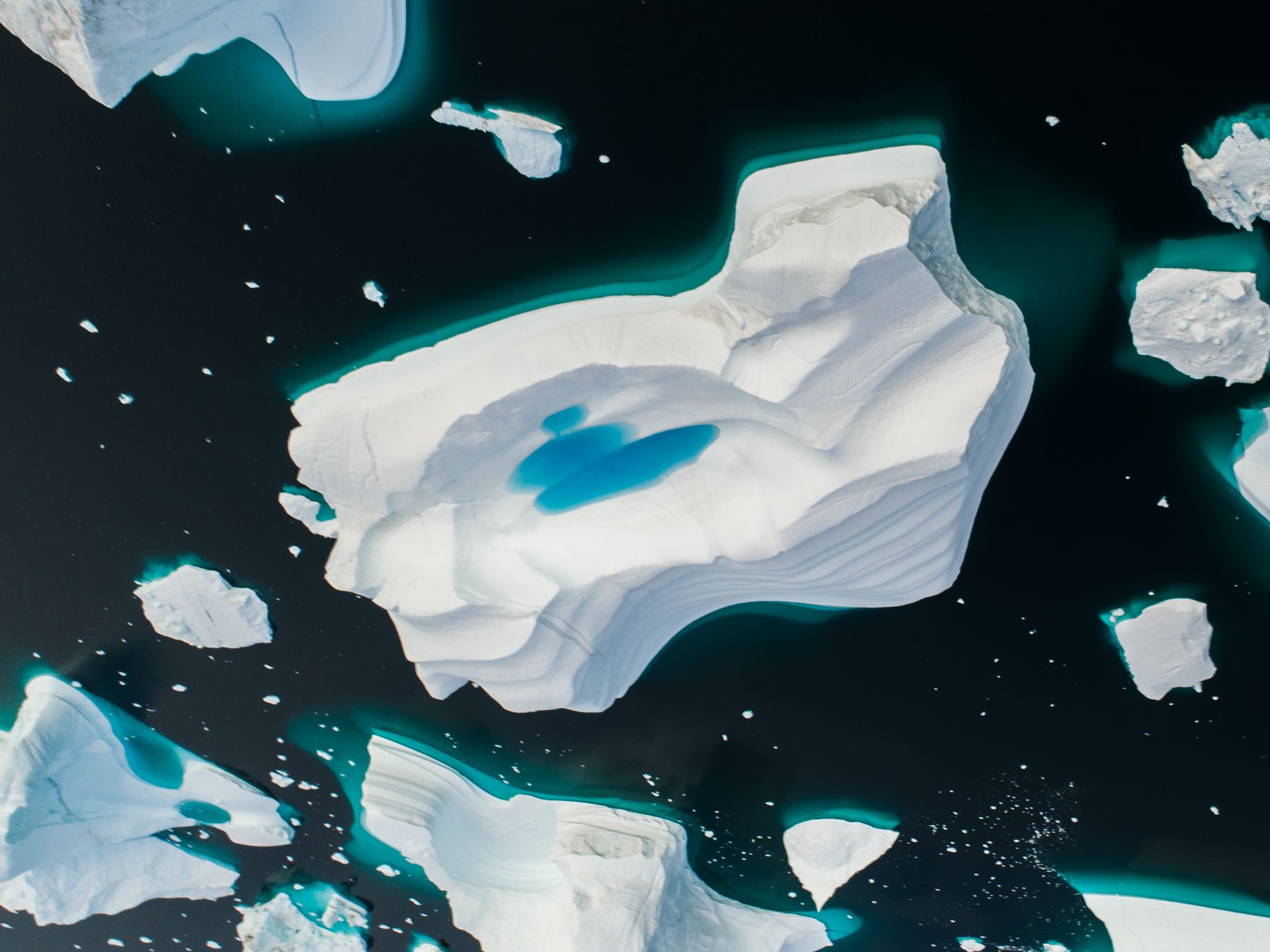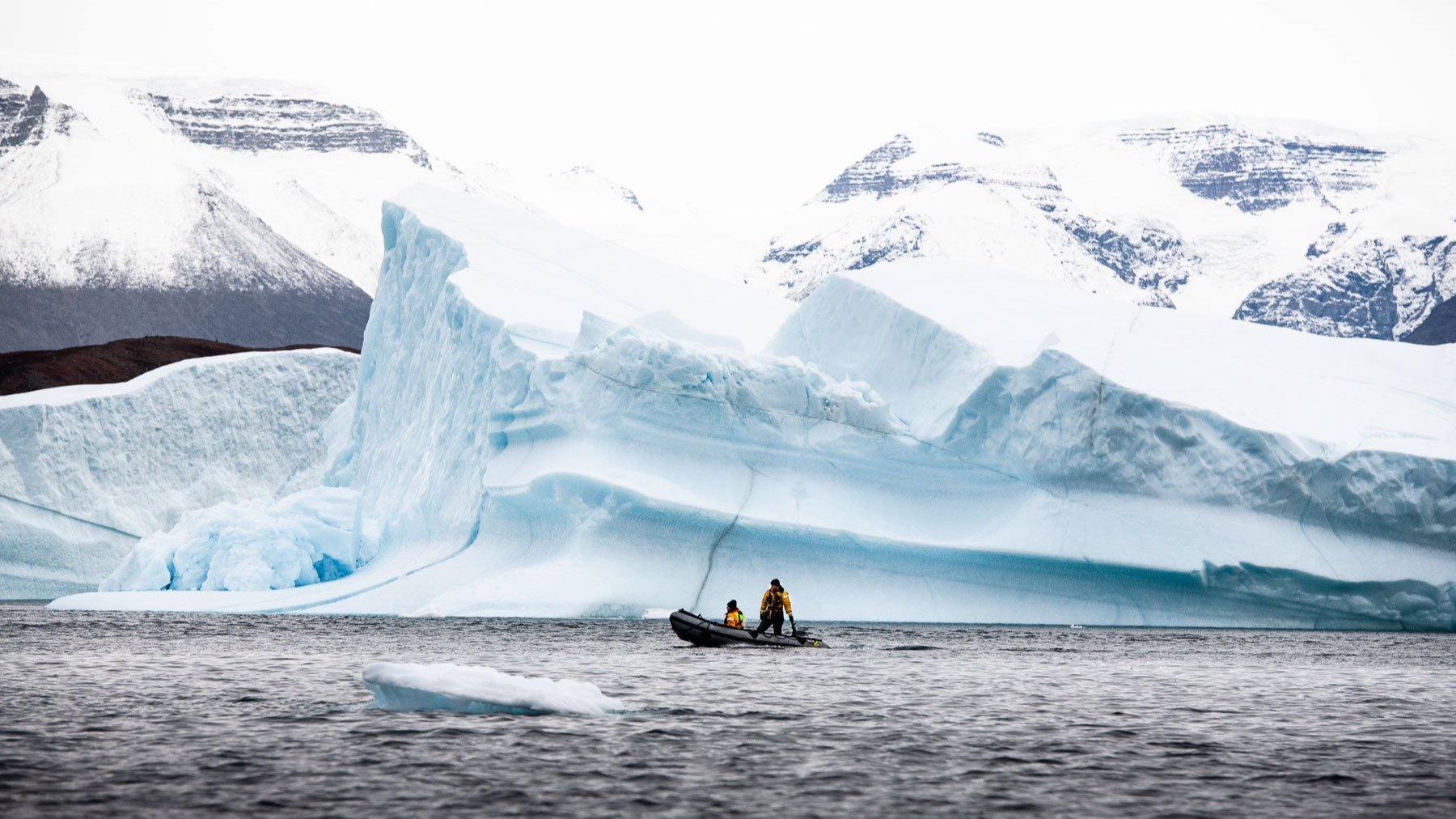
The Untold Benefits of a Sailing Adventure in Remote Locations
When you picture a sailing adventure, you might think of picturesque marinas, bustling port towns, and sunsets over calm, azure seas. But the true magic of sailing lies beyond the well-trodden paths. Venturing into remote, untouched locations by sail is an experience that transcends the ordinary where you can really embark on the thrill of exploration.

Small Ship Cruises in the Arctic
What does it mean to travel on a private expedition in Svalbard or Greenland on a small ship cruise? The Great Expedition Company has its own definition of "small ship cruise" and it’s a lot smaller than most people's definition of a small ship cruise. Check out our latest blog post for the benefits of travelling on a small ship cruise in the Arctic!

Five Famous Explorers of the Arctic and Antarctic
If you knew nothing about famous explorers and their famous exploration, where would you and where could you get started on your journey to learn more about famous explorers and their faooud explorations? The answer is clear: here! Our blog provides a more then general overvie of four key famous explorers and more than general details about some of their key famous exploration.

Arctic vs Antarctic
Discussing theArctic vs Antarctic means that we hav to find the essential different between two worlds that are, quite literally, poles apart. Arctic vs Antarctic is about differences in wildlife, temperature, terrain and also a huge number of human factors. Discover what separates arctic vs antarctic here in our new blog.

The Arctic Explorer's Guide to the Arctic Circle
The Great Expedition Company offers a comprehensive Arctic Explorer's Guide to the Arctic Circle. This blog answers all of your basic questions about the Arctic Circle. The Arctic Circle really is a top adventure travel destination with so many astounding things to see and do. Read and learn all about your Arctic Circle experience and travel possibilies.
